Understand
Ulsan, a bustling coastal city in the southeast of Korea, is a hidden gem waiting to be discovered. With a population of 1.2 million, it is known for its rich whaling heritage and industrial prowess. While Ulsan may not be on the usual list of tourist hotspots, it serves as the gateway to the breathtaking Yeongnam Alps, a provincial park considered to be one of the most beautiful in South Korea. The city also boasts twelve designated "Scenic Areas" that showcase both natural wonders and impressive man-made structures. Ulsan, however, must navigate a delicate balance. On one hand, it is impossible to ignore the grandeur of the industrial sites that dominate certain districts. These awe-inspiring creations demonstrate the remarkable achievements of mankind. Yet, they also mar the landscape. On the other hand, the investments made by these industries undeniably contribute to the improvement of the city as a whole. Let Ulsan surprise you with its unique blend of stunning landscapes, cultural heritage, and the spirit of progress. And did you know? Ulsan was even a host city for the 2002 World Cup!
Map & Climate
Popular Foods
 The first and perhaps most famous Korean dish is Kimchi Jjigae, a spicy stew made from fermented vegetables (most commonly napa cabbage), with sliced pork, tofu, and chilli peppers added for extra kick. It's a comforting yet fiery dish that showcases the depth of Korean flavours.
The first and perhaps most famous Korean dish is Kimchi Jjigae, a spicy stew made from fermented vegetables (most commonly napa cabbage), with sliced pork, tofu, and chilli peppers added for extra kick. It's a comforting yet fiery dish that showcases the depth of Korean flavours. 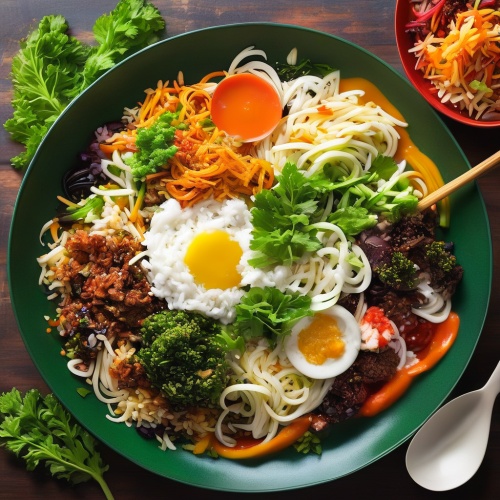 Bibimbap is another wildly renowned Korean dish which translates directly to 'mixed rice'. It's typically served as a bowl of warm, steamed white rice, topped with sautéed vegetables, sliced meat (often beef or chicken), a fried egg, and chilled gochujang (red pepper paste) sauce that's stirred into the dish just before eating. This versatile meal can be enjoyed with an array of side dishes, making it both hearty and customizable.
Bibimbap is another wildly renowned Korean dish which translates directly to 'mixed rice'. It's typically served as a bowl of warm, steamed white rice, topped with sautéed vegetables, sliced meat (often beef or chicken), a fried egg, and chilled gochujang (red pepper paste) sauce that's stirred into the dish just before eating. This versatile meal can be enjoyed with an array of side dishes, making it both hearty and customizable. 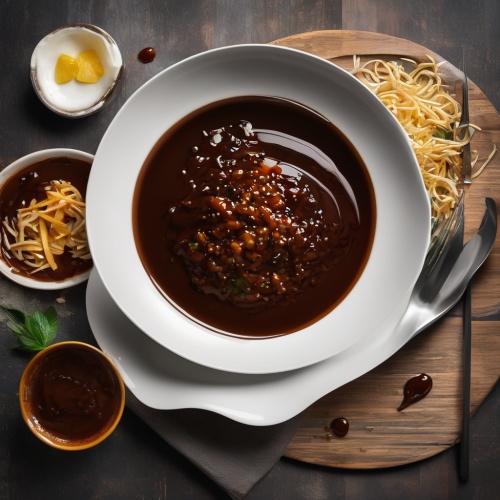 Jajangmyeon is a delightful noodle dish starring chewy somen noodles drenched in a savory black bean sauce, typically garnished with julienned cucumber, crispy seaweed, and sesame seeds. While it often features seafood like squid, octopus, or shrimp, there are also vegetarian versions available. This hearty meal is both filling and satisfying, reflecting its Chinese origin while embracing a uniquely Korean twist.
Jajangmyeon is a delightful noodle dish starring chewy somen noodles drenched in a savory black bean sauce, typically garnished with julienned cucumber, crispy seaweed, and sesame seeds. While it often features seafood like squid, octopus, or shrimp, there are also vegetarian versions available. This hearty meal is both filling and satisfying, reflecting its Chinese origin while embracing a uniquely Korean twist. 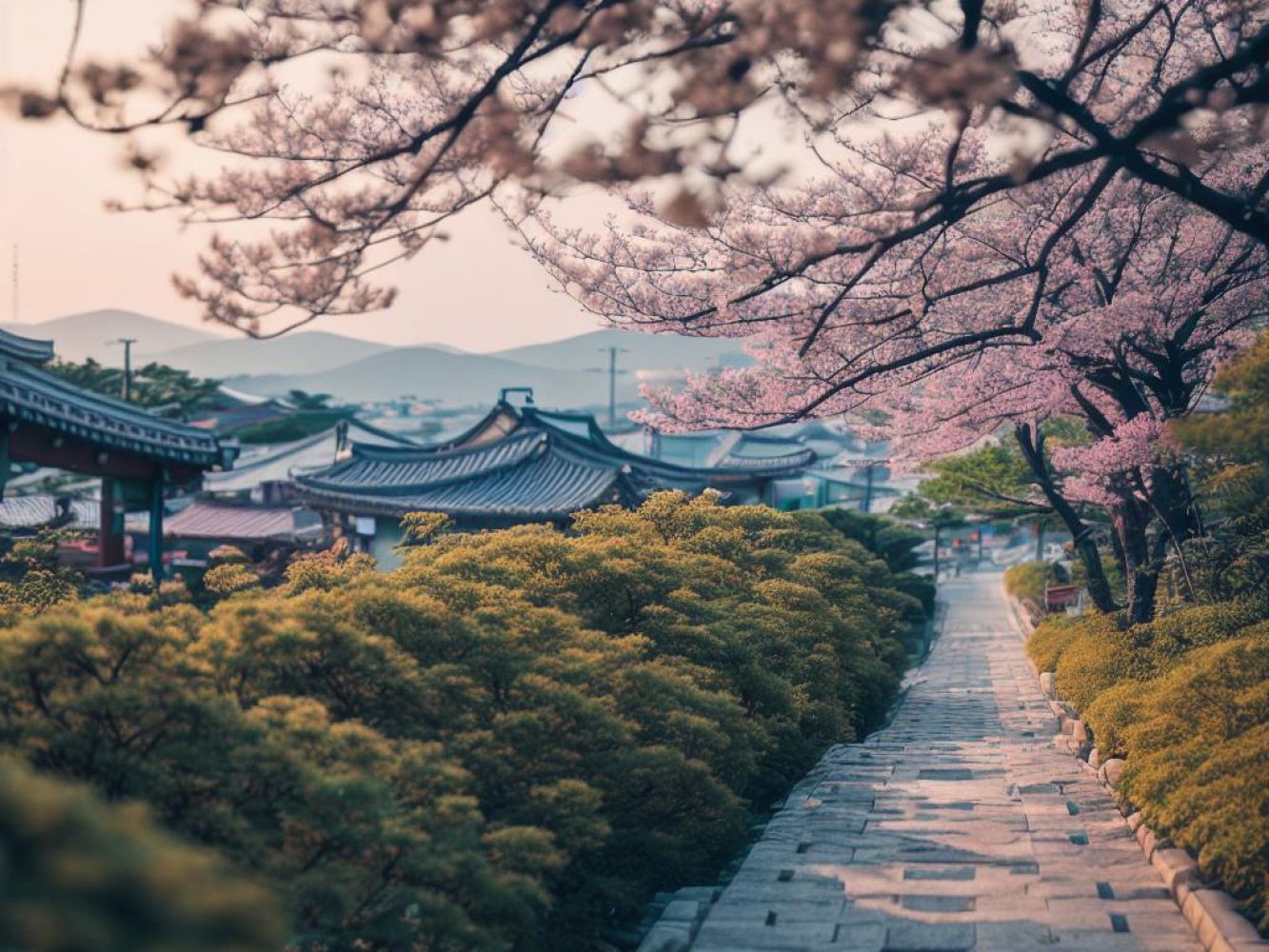
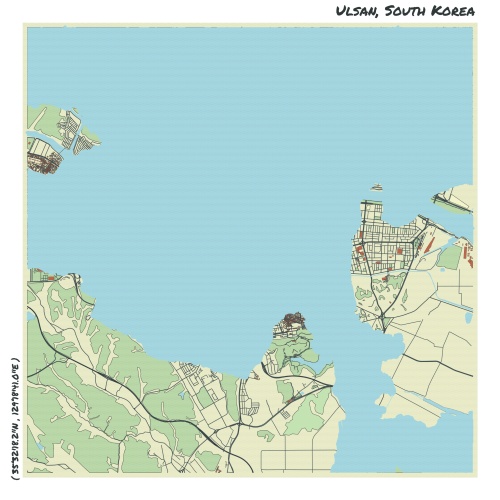

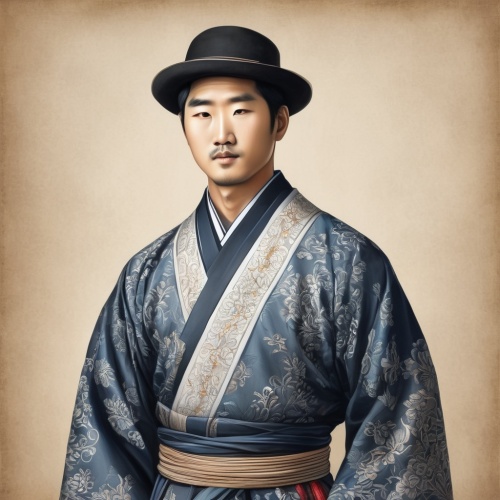
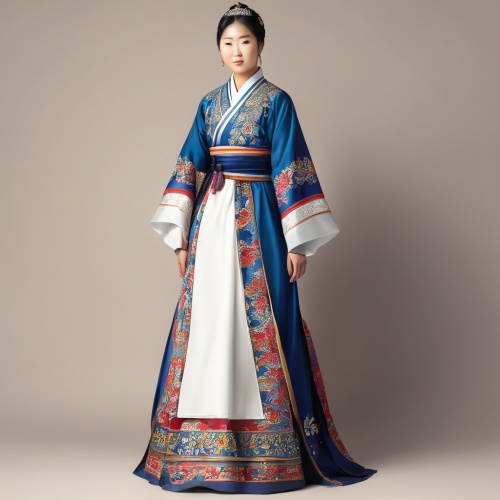
Comments
NO COMMENTS